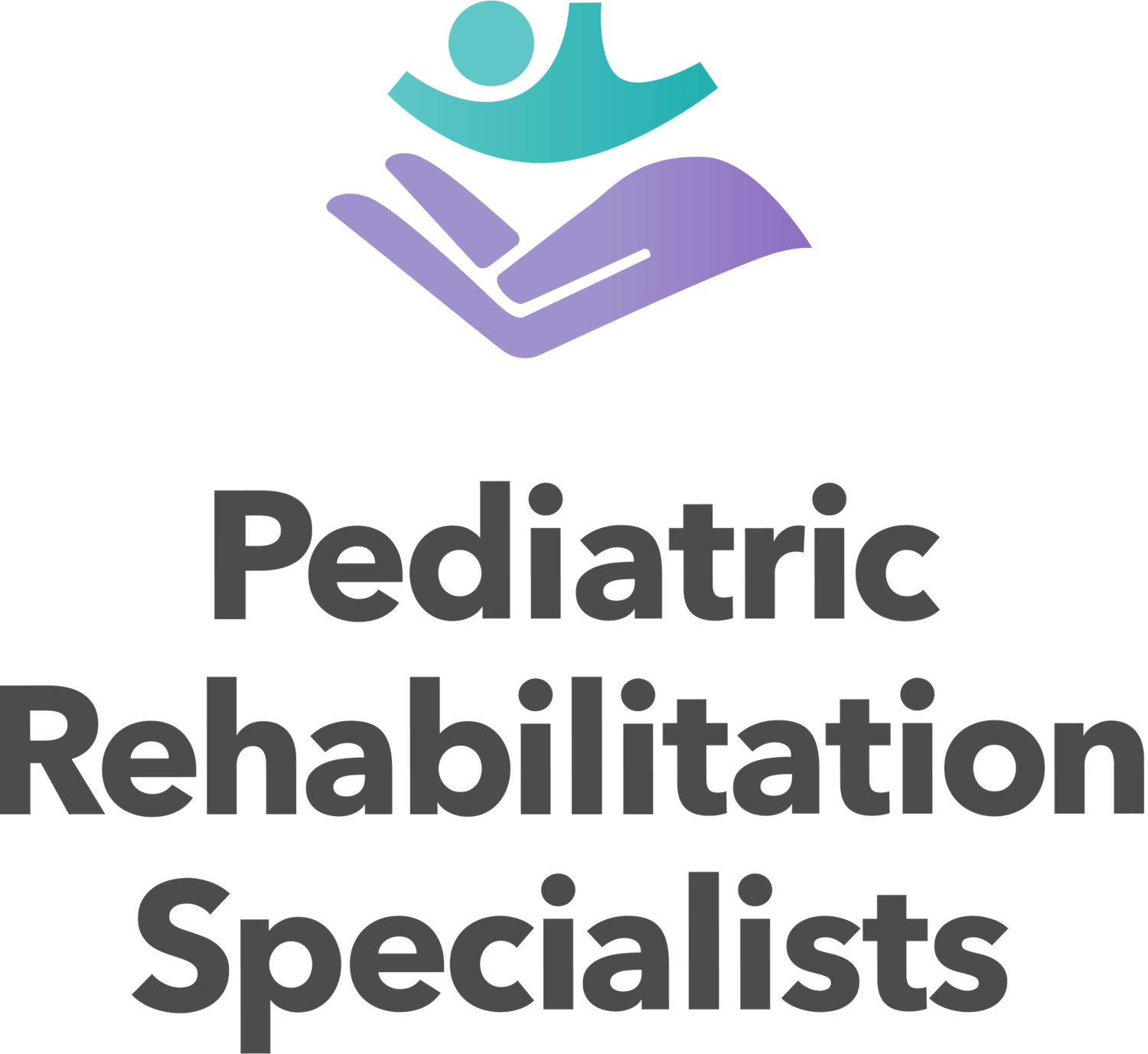Never Let Your Guard Down Around Spasticity
Spasticity is a type of muscle tightness and hyperactivity that occurs when there is an injury to or malformation of the brain or spinal cord. It is commonly seen in conditions such as cerebral palsy, spinal cord injury, and traumatic brain injury. It can also be seen in many genetic conditions. Spasticity can be challenging in many ways:
Function: Spasticity can cause impairment in function. When performing fine and gross motor tasks, muscles need to contract at the right time and in the right amount. Other muscles also need to relax at the right time. For example, when getting up off the ground, the muscles that straighten the knee need to fire while the muscles that bend the knee need to relax. When there is spasticity, all those muscles fire at the same time, essentially working against each other. A lot of energy is expended; but most of that energy is wasted.
Orthopedic Deformity: Bones grow based on the forces applied to them. Therefore, muscle balance is critical for optimal bone development. Spastic muscles pull when they aren’t supposed to, and they often do so with excessive force. Over time, joints can be pulled out of sockets, and bones can be twisted. The greatest damage occurs when an individual is still growing. When bones are growing, if muscles are not in balance, the bones will grow crooked. Scoliosis is a way-to-common example.
Ease of Care: When spasticity pulls, it can prevent a caregiver from being able to move a part of the body. As a result, it can take much more time to perform hygiene and dressing tasks. And, if the spasticity prevents adequate hygiene, skin can break down resulting in infection and severe illness.
Pain: Spasticity can cause pain in several ways. Most commonly, the spasticity can cause pulling on a “pain generator” such as a dislocated hip or an inflamed tendon. Sometimes the spasticity, itself, can be painful. In addition, if the spasticity pulling on parts of the body prevents that individual from sitting or lying evenly and comfortably, pain can occur. It is common for spasticity to pull an individual to one side or the other, which then results in too much pressure concentrated on a bony part of the body.
For all these reasons, it is essential that spasticity be treated early, consistently, and aggressively.

